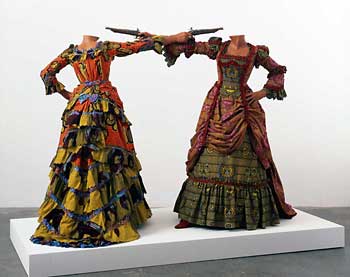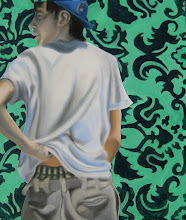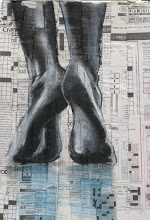6 Elements – Foundation of Art Making:
Line – Sketch, Contour, Expressive, Loose, Tight, Curved, Diagonal, Horizontal, etc.
Shape – 2D, Flat
Form – 3D, In the Round
Color – Monochromatic, Analogous, Complimentary, Split Complimentary (The split complementary scheme is a variation of the standard complementary scheme. It uses a color and the two colors adjacent to its complementary), Triad (three colors equally spaced around the color wheel)
Value – More contrast creates more drama. Similar values would create more calmness.
Texture – Actual and Implied
8 Principles of Design – Rules that govern how the elements are used:
Rhythm – Indicates movement by the repetition of elements, Motifs can be repeated
Movement – Used to create the look and feeling of an action and guide the viewer’s eyes throughout the work of art
Balance – Concerned with equalizing visual forces, Symmetrical and Asymmetrical, Informal Balance
Proportion – Concerned with the size relationship of one part to another, Realism, Exaggeration and Distortion, Hierarchal Proportion
Variety – Concerned with difference or contrast
Emphasis – Makes one part of a work dominant over the other parts, Focal Point
Harmony – Creates unity by stressing the similarities of separate by related parts
Unity – Quality of wholeness or oneness that is achieved through the effective use of the Elements and Principles of Art
Monday, September 13, 2010
Subscribe to:
Post Comments (Atom)








No comments:
Post a Comment